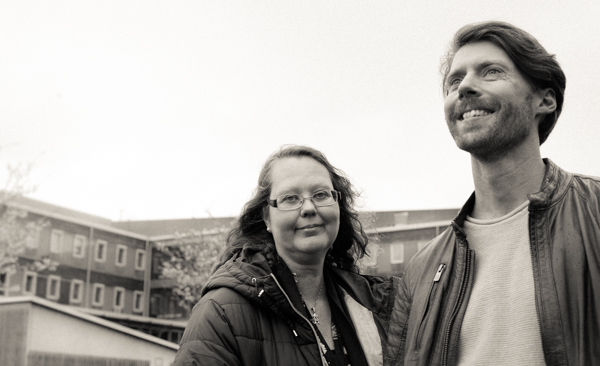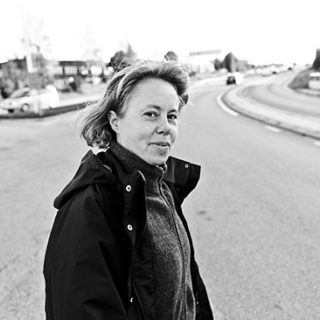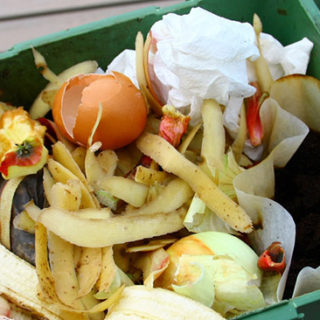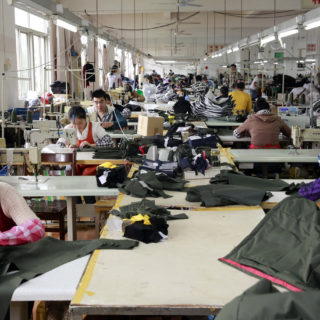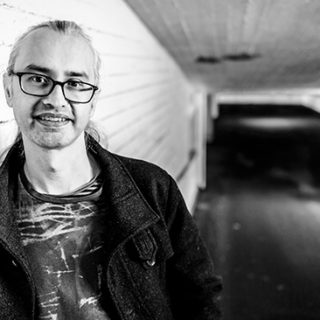Increasing energy efficiency while focusing on people
We want good air quality and a pleasant temperature in our homes, as well as a bright and quiet environment. We also want to avoid using too much energy and too many resources. How can we balance that equation when renovating buildings to save energy? And how do people affect their indoor environment through their own lifestyle? A new interdisciplinary project at Lund University will be investigating these issues over the next four years.
The project involves twelve researchers from disciplines in the social sciences and engineering. The researchers felt frustrated that problems with the indoor environment still arise for people spending time in premises and homes, despite the extensive knowledge available about sustainable construction and sustainable renovations. They worked out that this was partly the result of researchers and construction professionals all being experts in their own field but nobody having a holistic perspective. Moreover, the people in the buildings were often forgotten. They are affected by the indoor climate, but they also affect both energy consumption and air quality themselves.
Here, two of the researchers tell us more about the project which has just begun. Jonas Borell is a psychologist conducting research at the Faculty of Engineering into the impact of the indoor environment on human health. Birgitta Nordquist is also a researcher at the Faculty of Engineering, and an expert on ventilation technology.
‟Research in this field often focuses on one thing at a time. The same applies to the way in which regulations are designed. What is unique about the PEIRE project is that we will simultaneously be conducting technical measurements of the indoor climate and behavioural science studies of human satisfaction. Most of what we are looking at has been done before, but not together in this way”, says Jonas Borell.
The PEIRE project focuses on people and how residents themselves perceive the indoor climate before and after renovation and energy-efficiency improvements. The researchers have already conducted their first interviews with the residents of ten flats in Lund. In addition, they have measured the temperature, humidity levels, noise, natural light and air quality, among other things. Indoor air quality is affected by substances that can be released into the air from building materials, furniture, clothing, cooking and so on.
During the spring and summer, the flats will be renovated and, next year, the researchers will return to repeat their studies, hopefully with the same families.
‟As an engineer, I am used to thinking about how to control the indoor climate with various technical solutions. The fact that the residents themselves also affect the indoor environment a great deal is often overlooked”, says Birgitta Nordquist.
Through the project, the researchers hope to gain a better understanding of how thermal comfort relates to air quality and residents’ behaviour. Do the residents open windows because they feel that ventilation is insufficient? Do they wipe down the shower walls after showering to reduce humidity in the bathroom? How do cleaning and cooking affect air quality? Do they light candles? And so on.
‟For example, we have placed sensors on all doors and windows in the flats to understand how the residents air their flat and how that, in turn, affects the air in the home”, explains Jonas Borell.
By combining the findings from the air quality measurements with the airing patterns, the researchers aim to increase their understanding of how ventilation functions in practice.
Currently, new homes are usually built as airtight units and then ventilated with mechanical systems. Many older buildings, on the other hand, such as those studied in the PEIRE project, are ventilated through exhaust ventilation, via ventilation shafts and air vents.
‟Ventilation is very important for the indoor climate in homes. It is important to increase understanding of how best to reduce energy consumption in existing homes without negatively affecting the living environment. If we really want to reduce our total energy consumption, setting high standards for new buildings is actually not sufficient. The greatest consumption takes place in existing constructions, after all”, says Birgitta Nordquist.
‟It is also about avoiding false economies when renovating or building new homes, which make people fall ill from the indoor environment”, says Jonas Borell.
One the researchers’ hopes is that the conclusions of the project will be useful for the future development of regulations for homes.
‟It is a concern today that the legislation limits responsibility for new constructions to ten years. We no longer build homes to last up to a hundred years”, says Jonas Borell, continuing:
‟Nowadays, construction has been optimised to such an extent that buildings risk becoming too airtight with excessive humidity and mould problems as a result. There can also be excessively high levels of chemicals from building materials in the indoor air.”
The PEIRE project will continue until 2020, when we will find out whether it has succeeded in increasing understanding of the most effective energy-saving interventions – information on how best to affect our indoor environments ourselves, or whether various technical solutions work best. As a conclusion to the project, the researchers will also present proposals for how residents can gain better control of their indoor climate. An app or similar device which shows both climate parameters and relevant behaviours will be developed.
‟We have already noticed a great deal of interest in our project from energy companies, among others, who want to identify the best technical solutions to save energy. But for consumers, electricity is so cheap right now that most of them are not motivated to reduce their electricity consumption”, concludes Jonas Borell.
Text: Nina Nordh
Foto: Peter Frodin
Facts
-
About PEIRE
-
PEIRE stands for People-Environment-Indoor-Renovation-Energy and involves twelve researchers at Lund University, from disciplines in both social sciences and engineering. The project will run from 2016 to 2020 and is funded by FORMAS and the Swedish Energy Agency.
The project will study ten homes in a Lund neighbourhood in detail, before and after renovation and energy-efficiency interventions. They are flats built in the 1970s whose interiors will be redecorated, including new kitchen and bathroom fittings, new windows, door sealing, better control of the indoor temperature, etc. In connection with the project, a centre for healthy indoor environments is being set up at Lund University under the leadership of Aneta Wierzbicka, Department of Design Sciences, Lund University Faculty of Engineering.
Project manager: Eja Pedersen at Environmental Psychology, Division of Architecture and the Built Environment, Faculty of Engineering
Read more about PEIRE: www.peire.lth.seThe PEIRE project also has some connection to the major energy-efficiency intervention project Cityfied in the Linero residential neighbourhood in eastern Lund which is currently ongoing. Read more in the article Smart fjärrvärme, solceller och jakt på energislukare.
Read about the Pufendorf project on research into the indoor environment in 2014 which led to the PEIRE project: Forskare tar helhetsgrepp om inomhusmiljön


